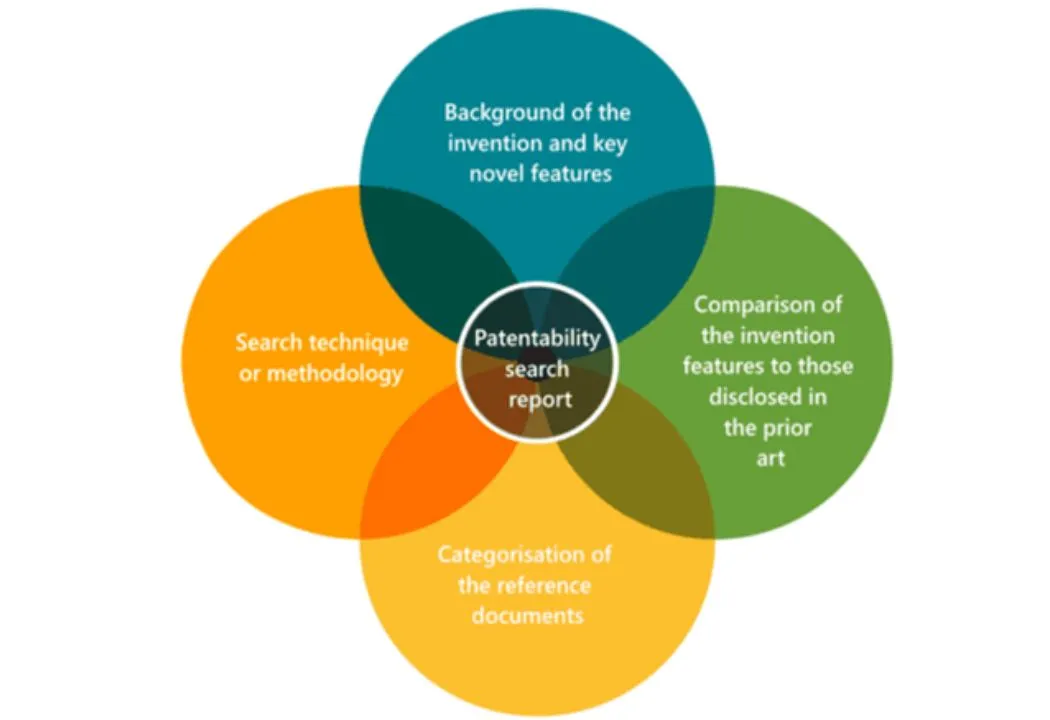Step 1: Define the Scope of the Invention:
Begin by clearly defining the technical scope of your invention. Identify the key concepts, components, and functionalities that make your invention unique. This step is important as it helps in constructing effective search queries and ensures a focused and targeted search.
Step 2: Conduct a Preliminary Search:
Start with a preliminary search using patent and non-patent databases to get an initial understanding of the existing prior art landscape. Use relevant keywords, synonyms, and variations to search for similar inventions. Review the search results to identify potentially relevant documents and further refine your search strategy.
Step 3: Refine Search Queries:
Based on the preliminary search results, refine your search queries to target specific aspects of your invention. Use advanced search techniques such as Boolean operators (AND, OR, NOT), proximity operators (NEAR, ADJACENT), and truncation symbols (*) to broaden or narrow your search.
Step 4: Conduct a Comprehensive Search:
Perform a comprehensive search using patent databases (such as the USPTO, EPO, and WIPO) and non-patent literature sources (such as scientific journals, conference papers, and technical articles). Utilize both keyword-based and classification-based searches to cover a wide range of relevant prior art.
Step 5: Analyze and Evaluate Prior Art:
Review the identified prior art documents in detail. Analyze the similarities and differences between your invention and the prior art references. Assess the novelty and non-obviousness of your invention by comparing its features with the elements disclosed in the prior art.
Step 6: Compile the Patentability Search Report:
Summarize the findings of your search in a clear and organized manner. Include a detailed list of the prior art references, along with their relevant details (e.g., patent numbers, publication dates, inventors).
Provide an analysis of each reference, highlighting their relevance and potential impact on the patentability of your invention. Conclude the report by offering an informed opinion on the patentability of your invention based on the search results.






